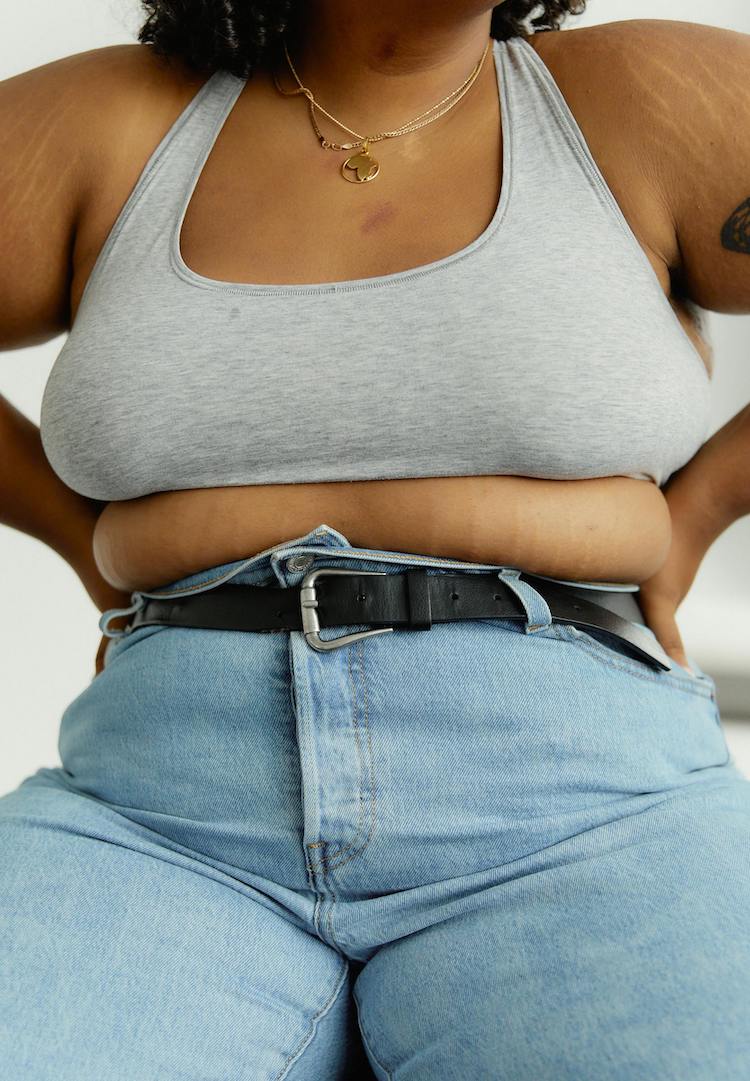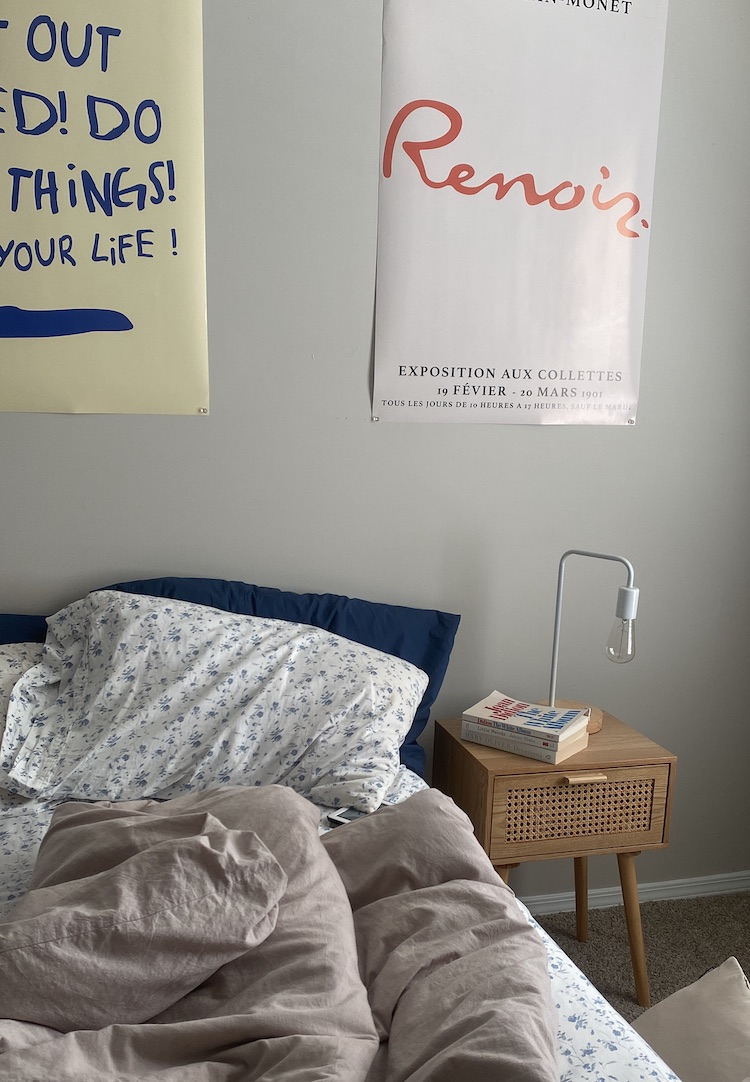Do you really have a low sex drive, or are you not catering to the way you experience desire?
WORDS BY Eleanor Wilson
Sexual desire doesn’t always happen as it does in the movies.
Since my friends and I first entered the maze of sex and relationships, we’ve confided in each other on a countless number of sex-oriented dilemmas. From comparing sex frequency, to concerns our relationships were being strained by mismatched libidos, these ‘deep and meaningfuls’ found a common conclusion in the defeated admission: “I think I just have a low sex drive”.
But of the many words of wisdom my friends and I have shared over the years, one stands out to me specifically. A few years back, during one such sex-geared tête-à-tête, a good friend of mine said, “Sometimes sex is like having a shower. At first, you can’t be assed, but once you get in, you don’t want to get out”.
For more sex-related stories, head to our Life section.
Now, don’t be alarmed – this analogy isn’t suggesting you should give in to sexual coercion or pressure. Remember, if it’s not a (continuous) hell yes, it’s a no. But on reflection, this somewhat farfetched analogy reveals a lot about the disparity between the way we view sexual desire, and the way some of us actually experience it.
Some of us don’t get horny out of the blue
When we think about sexual desire, it’s usually framed within the realms of ‘spontaneous desire’. Whether you randomly think about sex mid-weekly- supermarket-shop, or when you’re three-quarters of the way through a stagnant workday, spontaneous desire is characterised by the desire for sex in anticipation of it occurring – i.e the mind desires sex before the body becomes physically aroused.
According to sex educator Emily Nagoski, spontaneous desire is the preferred desire type of 75 per cent of penis owners, while only 15 per cent of vulva owners consider themselves spontaneous desire types.
“Most of us are raised believing that desire is spontaneous. It just appears out of the blue. You think a sexy thought or you see a sexy person, you’re just walking down the street, minding your own business and KABOOM!” says Emily in an audio preface to her book Come As You Are.
But in Come As You Are, Emily argues there’s another type of sexual desire we don’t really acknowledge. It’s called ‘responsive desire’, and it’s somewhat reminiscent of my friend’s cryptic shower analogy.
As sexologist Kassandra Mourikis explains, “Responsive desire occurs in response to something pleasurable happening before you actually feel desire”. Yep, if it takes you a little bit more than the sight of a penis or vagina or the prompt of sex to become aroused, this is completely normal!
“Something has to create motivation to want sex and to slowly build that interest, so engaging in activities that are pleasurable gives the mind and body something to respond to,” Kassandra tells me.
Looping back to that shower analogy, rather than experiencing arousal in anticipation of sex (i.e I can’t wait to hop in the shower), responsive desire sees us experience arousal in response to sexual stimuli (only once we feel the hot, steamy water pressure we enjoy the shower).
So, if you’re concerned you might have a low sex drive or are worried you aren’t sexually attracted to a partner because you don’t want to jump their bones every few days, consider the way you experience and enjoy sex.
Maybe, like 30 per cent of people with vulvas, and 5 per cent of those with penises, you could be part of the responsive desire club. Or, you could be a mix of both.
A practical guide to sex and responsive desire
Now we’ve broken away from the belief that spontaneous desire is the golden measure of libido, how exactly do you navigate sex if you, or your partner, don’t usually get hot under the collar at the drop of your drawers?
Kassandra suggests LGBTQ+ sex therapist Casey Tanner’s system of ‘erotic bridges’ as a great tool to “give your mind and body a chance to want [sex]”.
“Erotic bridges are a range of activities that create a bridge to sexual intimacy through creating anticipation and connection,” Kassandra tells me. “Things like having a shared shower, massages, date nights, dancing or cooking together, talking about sex”.
Sex educator Eleanor Hadley agrees that far too often we rush into sex, and don’t give ourselves the chance to understand our sexual ‘accelerators’ (things that turn us on), and ‘brakes’ (things that turn us off).
“I think that too often we don’t want to take [sex] a step back because we’re used to rushing, especially if you are a spontaneous desire type,” Eleanor says.
View this post on Instagram
She adds that exploring your arousal, and the factors that make up Emily’s concept of sexual inhibitors (brakes) and exciters (accelerators) is the key to improving intimate experiences. “Your accelerators could be something like mood lighting, or an aphrodisiac, a certain type of conversation, eye contact, scent, or certain types of touch,” she offers.
When it comes to sexual ‘brakes’, or things that turn individuals off the prospect of sex, Eleanor suggests environmental factors like bright lighting and cold temperatures, or internal factors like body image concerns or feeling pressured or rushed can turn our arousal off.
View this post on Instagram
The fine lines of responsive desire and consent
While the revelation of responsive desire has the potential to be extraordinarily liberating for individuals who don’t experience spontaneous desire, it’s also a delicate pursuit where consent is concerned.
If we aren’t feeling in the mood and need to be prompted by sensual stimuli, how can this be differentiated from being pressured into sex?
Firstly, it’s important to clarify that responsive desire isn’t a case of ‘my partner is desiring sex, so they begin to kiss me and touch my genitals until I too become aroused’. Instead, Eleanor believes it’s about “creating a sexually relevant environment”.
“Often when we think about responsive desire, we think of it as responding to your partner coming onto you,” Eleanor tells me. “But I prefer to reframe it as a response to the environment that has been created.”
In the case of responsive desire, both the body and mind need to be aroused and enthusiastically willing to engage in sex. Just because you are physically aroused (e.g wet) does not mean your mind is welcome to the prospect of sex. Kassandra adds it’s important to continually check in with your mind and body throughout intimate processes.
“If you’ve spent time doing things that feel pleasurable or that turn you on but when you check in to your mind-body and feel tense and not open to the idea when you imagine having sex, then it’s okay to acknowledge and skip sex for that moment or day!” she offers.
Sex is not a human drive
View this post on Instagram
It’s not uncommon for us to feel broken when it comes to the way we experience sex. It’s no secret sex is typically catered to the pleasure of people with penises. But Kassandra says it’s important to confront society’s concept of a ‘sex drive’.
“Emily Nagoski also says that desire is a motivation system, not a sex drive. Drives are for survival – for food, hunger, thirst, shelter or affection, things we all might die without – but no one has ever died from [lack of] sex,” Kassandra argues.
“The reason it’s important that we challenge the ‘sex drive’ myth is that it perpetuates this idea that [a] higher interest in sex is normal because it’s a basic biological drive and that people with lower desire are broken or their drives aren’t working properly.”
There’s no doubt sex is a great form of intimacy and pleasure, but maybe it’s not quite as vital as showering, after all.
This was originally published on August 18, 2021.
To learn more about desire types, head here.










